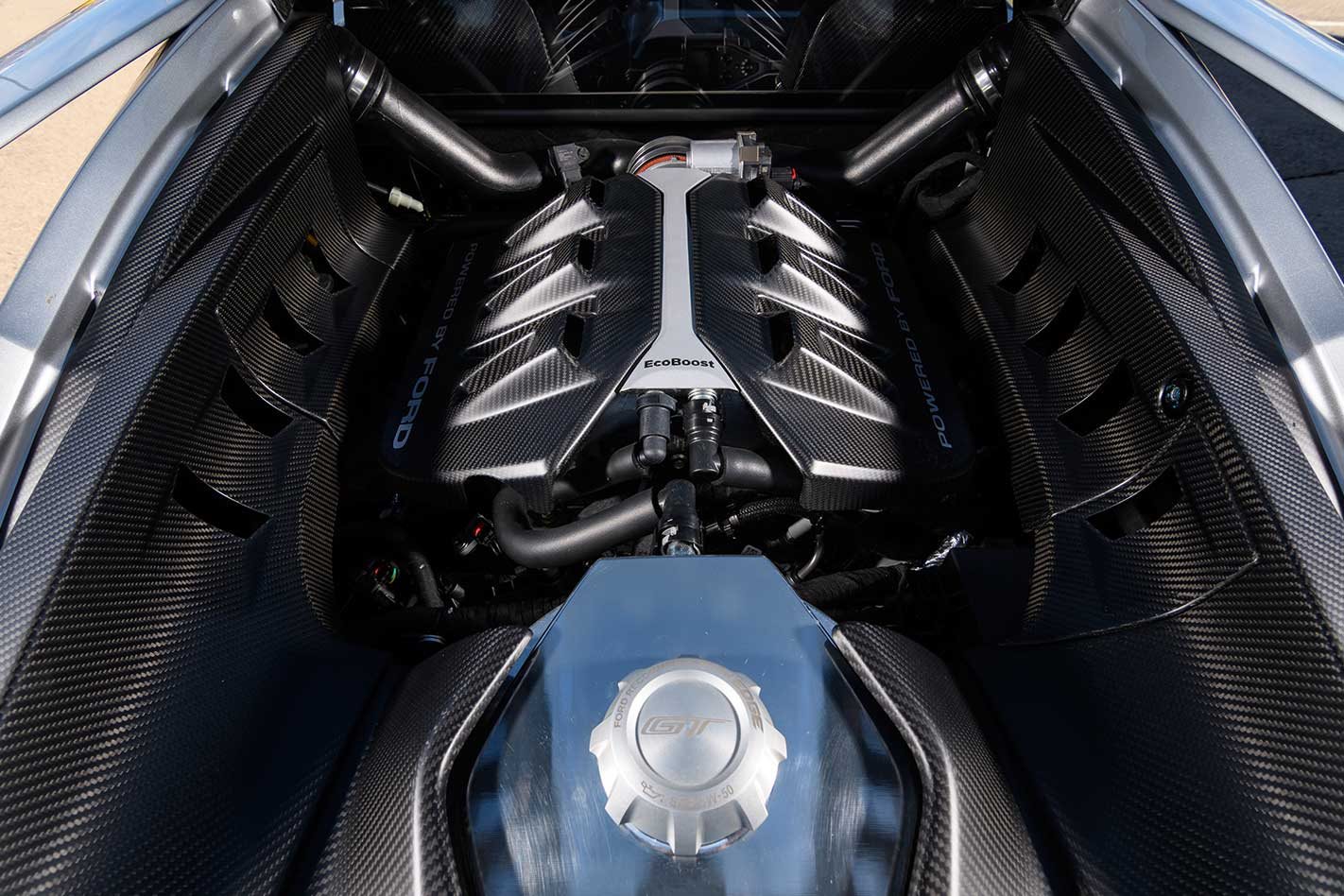The humble V6 engine is undergoing a resurgence.
It’s never been the most popular performance engine configuration, but the need to meet increasingly stringent emissions regulations is forcing manufacturers to downsize and the latest technology means power need not be compromised.
To give the V6 its moment in the sun here is our list of the greatest V6 engines in history in reverse chronological order. We’ll update it once new examples, such as the Aston Martin Valhalla and Mercedes-AMG One, reach production.
Alfa Romeo Giulia Quadrifoglio (2016-Current)
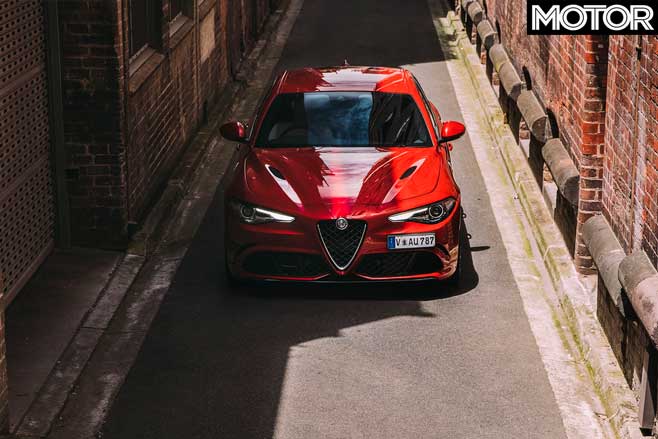
If you’re going to cut down a V8 to make a V6, then starting with one as accomplished as Ferrari’s F154 is a wise choice. That’s an oversimplification, but the Alfa Romeo Giulia QV’s 2.9-litre twin-turbo V6 shares its 86.5mm bore and 82.0mm stroke with Ferrari’s 3.9-litre V8.
A pair of single-scroll turbochargers integrated into the exhaust manifold inject up to 20psi (1.4bar) of boost to produce a healthy 375kW at 6500rpm and 600Nm from 2500-5000rpm. That’s almost 130kW/litre!
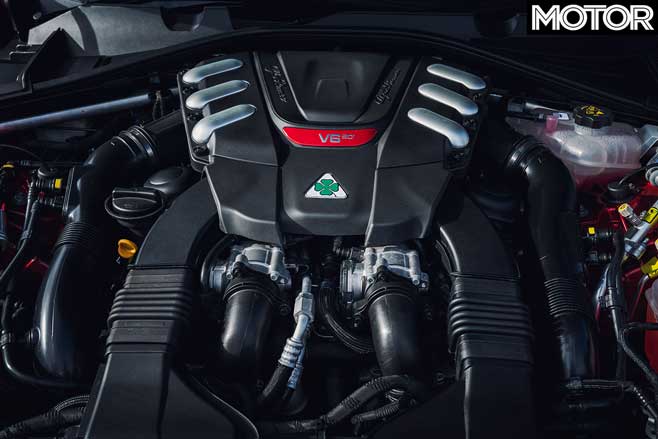
Flick the DNA selector into Race mode and the engine emits a deep growl and the Giulia rips through each of its eight gears, crossing the quarter mile in the low-12sec bracket.
Honda NSX (2016-Current)
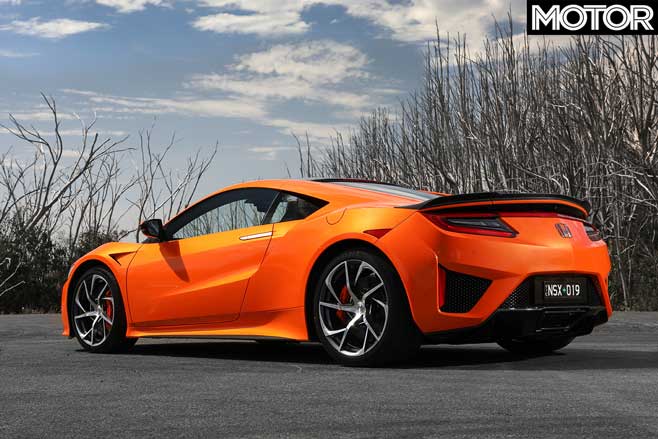
Honda’s latest NSX is an engineering masterpiece, packed full of the latest technology. So much so that the internal combustion engine is frequently overlooked in favour of the hybrid technology and the by-wire nine-speed dual-clutch gearbox and more.
However, the 3.5-litre twin-turbo V6 is still worthy of recognition. It revs to a healthy 7500rpm and produces 373kW from 6500-7500rpm and 550Nm from 2000-6000rpm, an incredibly broad spread of power.

Dry-sump lubrication puts the crank 61mm lower to the bottom of the engine and the twin single-scroll turbos – chosen for their smaller size and lighter weight – use electronic wastegates. Response is improved by a direct-drive electric motor attached to the crankshaft, which also feeds juice back to the lithium-ion battery pack.
Ford GT (2016-Current)
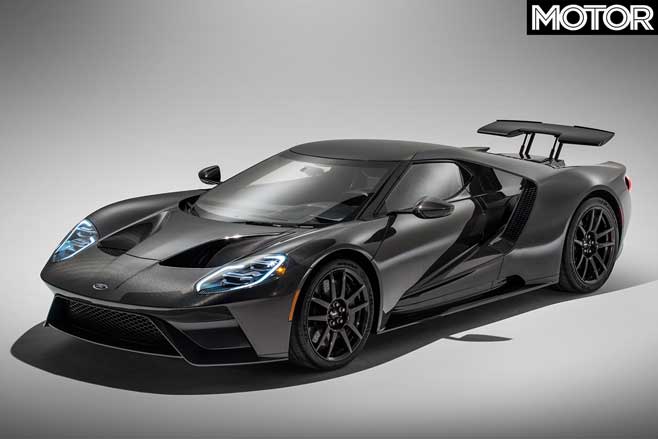
V6 supercars are few and far between, most manufacturers prioritising the more exotic sounds of eight, 10 or 12 cylinders. Ford took a different approach with the most recent GT, as racing success was a driving factor for the program.
To ensure the GT’s packaging was as small and aerodynamically efficient as possible, Ford’s 3.5-litre twin-turbo V6 was chosen. Remarkably, it shares 60 per cent of its parts with the engine in the F150 Raptor.
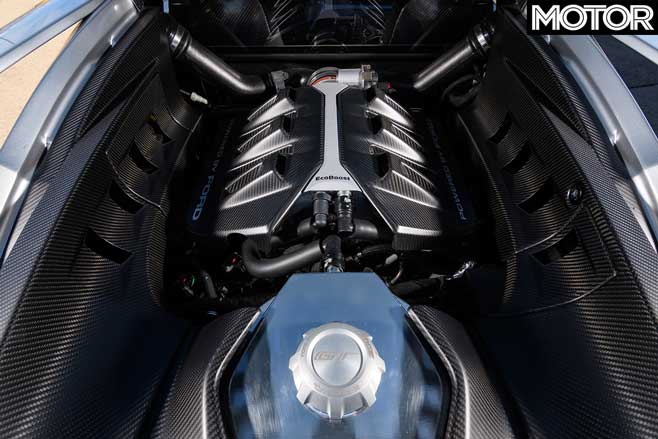
But that 40 per cent makes all the difference, as the GT produces a mammoth 482kW/746Nm, which has risen to 492kW with a broader torque band for the 2020 model year thanks to better cooling, higher energy ignition coils, a standard Akrapovic exhaust and 50 per cent greater airflow.
Lotus Evora (2009-Current)
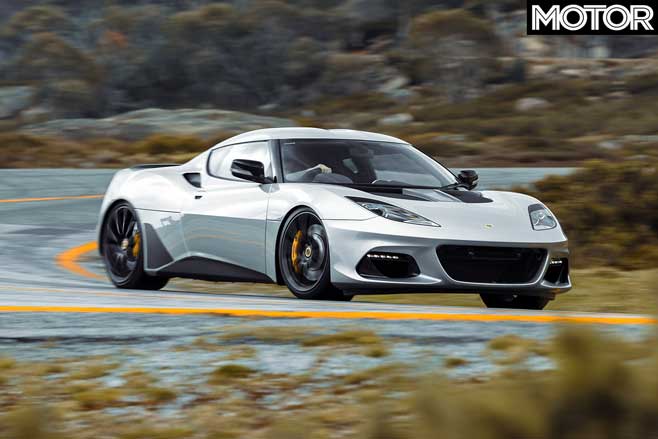
Speaking of humble origins, Lotus has been using Toyota’s 2GR-FE for more than a decade now in its Exige and Evora models. It began life in virtually standard guise producing 206kW and 350Nm, which rose to 257kW/400Nm with the addition of a Harrop supercharger.
A further decade of development has seen this engine rise to heights of 321kW/450Nm in the latest ’430’ models thanks to a new Edelbrock supercharger and titanium exhaust. However, even the standard Toyota engine has forged con-rods and a cast aluminium intake manifold.

However, the Lotus-tuned 2GR-FE earns its place on this list because of its noise. It’s pure music and makes this engine one of the best-sounding on-sale today.
Nissan GT-R (2007-Current)
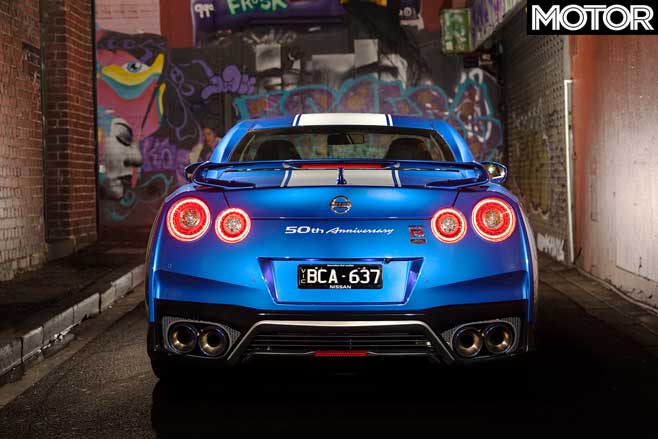
It was going to take a special engine to succeed the venerable RB26DETT. The VR38DETT is just such an engine. Nissan takes its construction seriously, a handful of master craftsmen building the engine’s in a hermetically-sealed clean room.
What’s most impressive about the R35’s powerplant is the headroom that was designed in. when the R35 debuted way back in 2007 it thumped about 357kW and 588Nm, which seemed plenty, but in the latest GT-R Nismo the same engine produces 441kW and 652Nm.
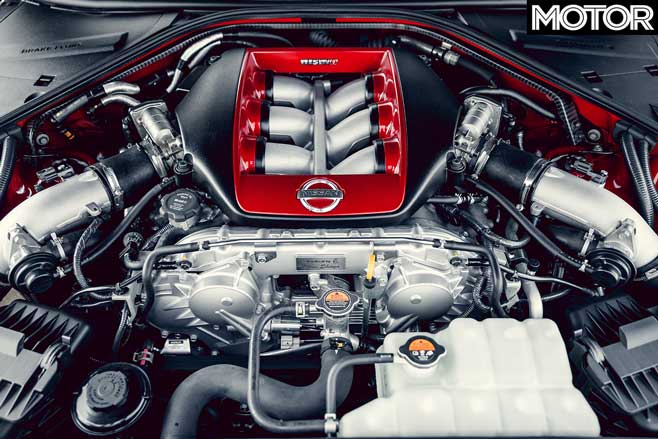
Yet there’s still more, as the limited edition, mega-bucks GT-R50 lifts this to a hefty 529kW/780Nm. The VR38 was one of the first engines to use an ultra-thin plasma lining on the cylinder walls in place of a traditional steel liner.
Alfa 156 GTA (2001-07)
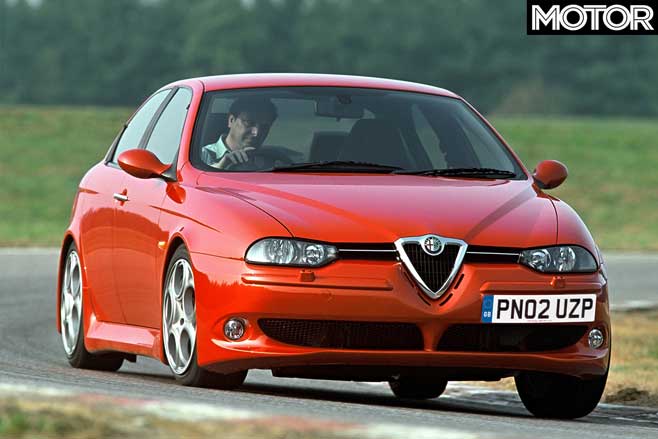
Starting life in 1979, Alfa’s 3.2 was the ultimate expression of its long-running V6 engine seeing service in the 147 and 156 GTA, GT coupe and others. It’s certainly the most beautiful engine to look at on this list with its six chromed intake pipes.
It makes an incredible noise, too, rich and soulful, yet had plenty of performance producing 184kW and 300Nm; more than enough when you consider its front-wheel drive applications.
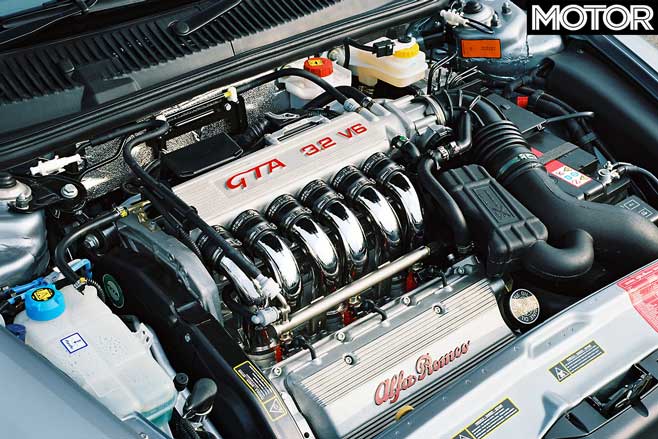
Sadly, it struggled to find a worthy home, Alfa’s GTA models tending to be rough-riding, torque-steering understeer fiends that were fond of a breakdown. Still, the engine was great!
Jaguar XJ220 (1992-94)
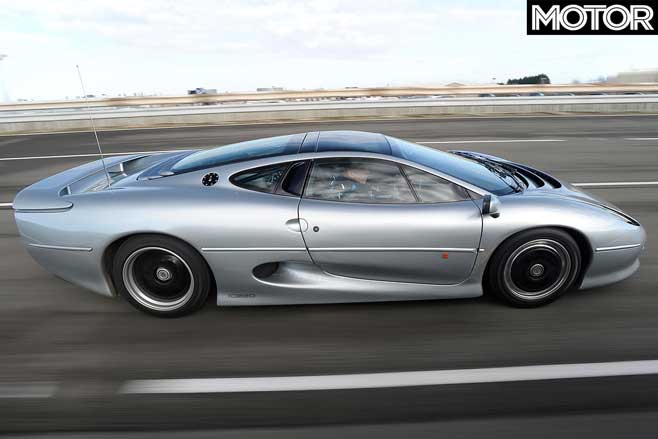
The Jaguar XJ220’s V6 was seen as a bitter disappointment. The original concept featured a 522kW 6.2-litre V12 and all-wheel drive, but the concept car was never intended to go into production. The V12 made it too big, too heavy and too thirsty.
The V6 solved all those problems. Derived from the 3.0-litre V6 in the back of the MG Metro 6R4 rally car, it was enlarged to 3498cc and a pair of turbochargers added to produce 404kW at 7200rpm and 644Nm at 4500rpm.

It still had a race heritage, too, as it began life in the Jaguar XR-10 and XJR-11 endurance racers. The XJ220 would also taste success, winning its class at Le Mans in 1993 before being disqualified over technicalities.
It pushed the mighty Jag to 342km/h despite having just five gears (1st: 106km/h, 2nd: 163km/h, 3rd: 224km/h, 4th: 292km/h, 5th: 342km/h). Buyers didn’t care, though, some XJ220s taking almost a decade to sell.
1987 Buick GNX
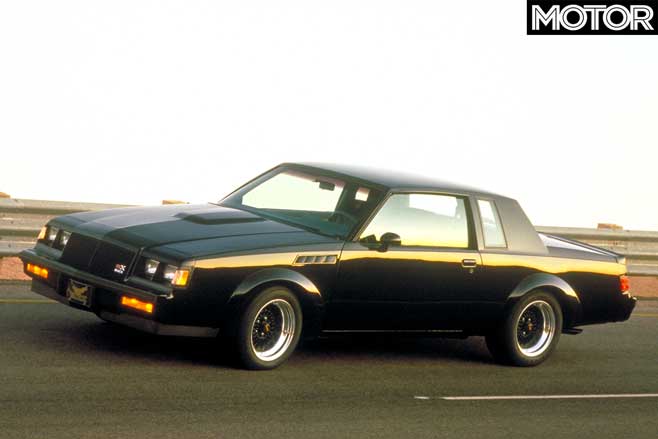
Australia is plenty familiar with the 3.8-litre Buick V6, for in LN3 guise it did service in Holden Commodores from VN onwards, but we never saw one like this.
It’s the exact opposite of some of the exotic engines on this list: cast iron blocks and heads, pushrod valve actuation, two valves per cylinder and peak power produced at just 4400rpm. But while it wasn’t clever, it was effective.
A ceramic ball-bearing turbo, larger Garrett intercooler and revised programming with boost-by-gear produced 224kW at 4400rpm and 569Nm at 2400rpm and made the GNX the fastest thing on four wheels and proved you didn’t need eight cylinders to dominate the drag strip. Just 500 were built.
Lancia Stratos (1973-78)
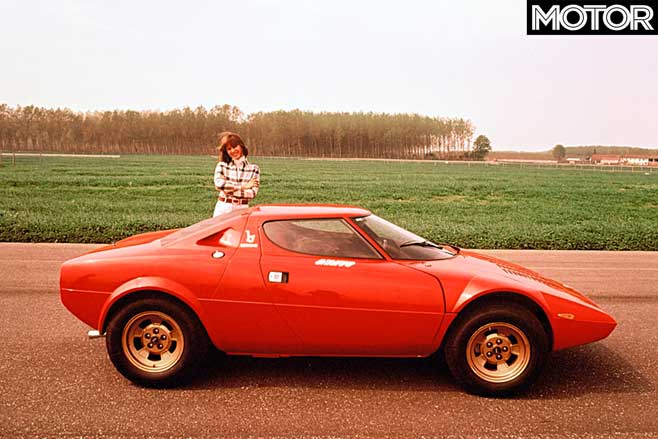
While in most race series a 2.4-litre V6 would be considered small, in rallying it was serious firepower. When the dominant machinery of the day made do with four cylinder engines of between 1.8 and 2.0 litres, the Stratos and its Ferrari V6 completely rewrote the rulebook.
Ferrari had moved to V8 engines, so the V6 was made available to Lancia for its rally supercar. In road tune it produced 140kW at 7000rpm and 226Nm at 4000rpm, plenty for a car that weighed well under a tonne.
In competition guise, however, it became a monster, screaming out 205kW in 12-valve guise and 239kW in 24-valve guise. What’s more, it sung one of the all-time greatest tunes, turning rally stages into concert venues, the Stratos able to be heard for kilometres.


